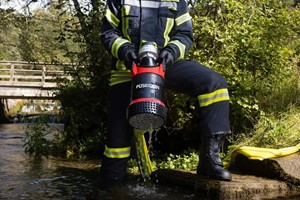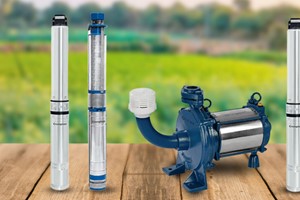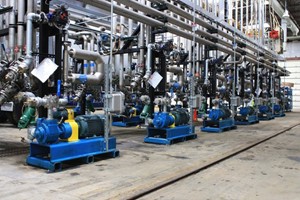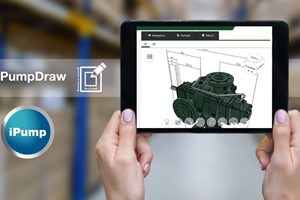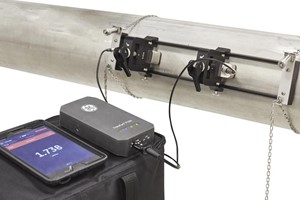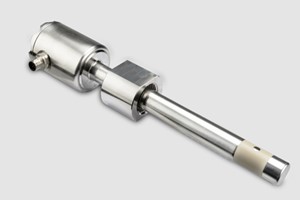A submersible pump is a pump which must be fully submerged to pump fluid. These pumps are often found in deep wells and boreholes as they are ideal for pumping water from deep below ground. They do not usually suffer from cavitation (the physical limit on sucking water from the surface) as surface pumps do, which means that submersible pumps have revolutionized deep water lifting by pushing water up to the surface.
Within the submersible pump category, different sub-categories exist, based on a variety of engineering principles. The most common types are shown below:
- Centrifugal pumps
- Helical-rotor pumps
- Air-lift pumps
- Deep-well jet pumps
- And submersible hydraulic ram pumps like the Impact Pump
One of the clear differences between these pumps is the way in which they are powered. Submersible centrifugal and helical-rotor pumps are powered by electricity. This can be sourced from the mains, solar, batteries or other renewable sources. Air-lift pumps are powered by compressed air and, both deep-well jet pumps and submersible hydraulic ram pumps (such as the Impact Pump) are powered by water flow generated by a surface pump located at ground level.
Why use a submersible pump?
One of the simplest technical reasons for using a submersible pump is to lift water that is deeper than the suction limit for surface pumps. This is the depth beyond which no surface pump can lift water using suction. This occurs at about 7m (or 20 feet) at sea level and is less for sites at elevation.
Many water sources are at greater depths than the suction limit and therefore require a submersible pump to access water.









